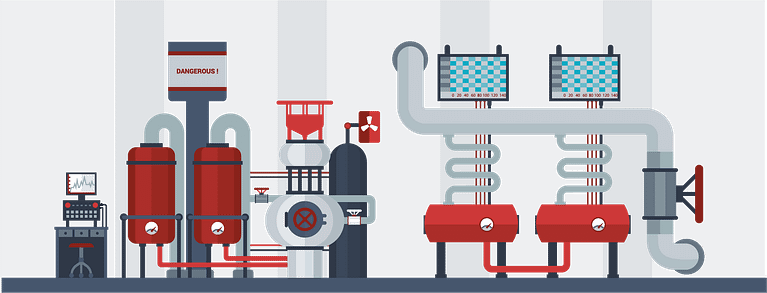What is Lauric Acid

Lauric acid, commonly known as dodecanoic acid, is the main fatty acid in coconut oil and palm kernel oil. It is an organic compound with a molecular formula of C12H24O2, with an appearance of a white solid and faint odor of bay oil. Lauric acid is a non-hazardous substance that has antimicrobial properties. Lauric acid is insoluble in the water, but it can dissolve in organic solvents. If exposed to air, lauric acid tends to absorb moisture and form acid, causing corrosion in the container. Lauric acid reacts with sodium hydroxide to produce sodium laurate, the main ingredient for soap and shampoos. There are many of Lauric Acid applications

Manufacturing Process
Lauric acid naturally exists in coconut oil, litsea cubeba (LC) kernel oil, palm kernel oil, and pepper kernel oil in the form of glyceride. It can be from the hydrolysis of natural oils and fats in the industry. The coconut oil, water, and catalyst are autoclaved and hydrolyzed to produce glycerol and fatty acid under 250℃ temperature and 5MPa pressure. The content of dodecanoic acid is 45%~80% and can be further distilled to obtain dodecanoic acid.

Lauric Acid Applications
Lauric Acid has many uses, and here are some of Lauric Acid Applications:
Medical Industry
Lauric acid has antimicrobial properties that can treat viral infections, including influenza, swine flu, avian flu, the common cold, fever blisters, cold sores, genital herpes, and even for the treatment of HIV/AIDS. In most cases, it is for preventing the transmission of HIV from mothers to children. Aside from that, it also cures various diseases in medicinal fields, including bronchitis, gonorrhea, yeast infections, Chlamydia, intestinal infections, and ringworm. It fights against diseases like Helicobacter pylori bacteria, stomach ulcers, stomach cancer, and heart disease as an antibacterial agent. It is the only saturated fatty acid compound that shows bactericidal activity against H-pylori. Blocking the maturation and replication of the Junín virus is also exhibited by this compound reveals the antiviral activity of the compound. When increasing the triglyceride content in this acid reduces the virus’s ability to multiply.
Cosmetics Industry
The application in skincare and beauty products is because it possesses antimicrobial and anti-acne properties. It can form monolaurin that is used as a surfactant in cosmetics like deodorant.
Soap and Detergent Industry
Lauric acid can react with natrium hydroxide or potassium hydroxide in a reaction known as saponification. The reaction of lauric acid with NaOH would yield a product used for solid soap, whereas that with KOH would yield a product used for liquid soap manufacture. Lauric acid also has moisturizing properties. It is also cheaper than other fatty acid substances and is an excellent foaming agent.
Other Applications
Borax decahydrate is also used for polishing and waxes, and it can also be used as a car antifreeze formulation as it is highly soluble in ethylene glycol.
PRODUCT IDENTIFICATION
| Chemical Formula | C12H24O2 |
| Synonym | Dodecanoic Acid; Vulvic acid; Laurostearic acid |
| Origin | Indonesia |
| H.S. Code | 29159090 |
| CAS No. | 143-07-7 |
| Molecular Weight | 200.322 g mol |
PRODUCT SPECIFICATIONS
| Appearance | White powdery solid |
| C12 | 99(min)% |
| C10 | 1 (max)% |
| C14 | 1 (max)% |
| Other fatty acids | 0.2(max)% |
| Iodine value | 0.2(max)g I2/100g |
| Acid value | 279 – 281mg KOH/g |
| Saponification value | 280 – 282mg KOH/g |
| Moisture | 0.1(max)% |
| Titer | 43.4 – 44 oC |
| Melting Point | 44°C (111.2°F) |
| Boiling Point | Decomposes |
| Color (Lovibond 51/4” cell) | 0.2 R/2.0 Y (max) |
